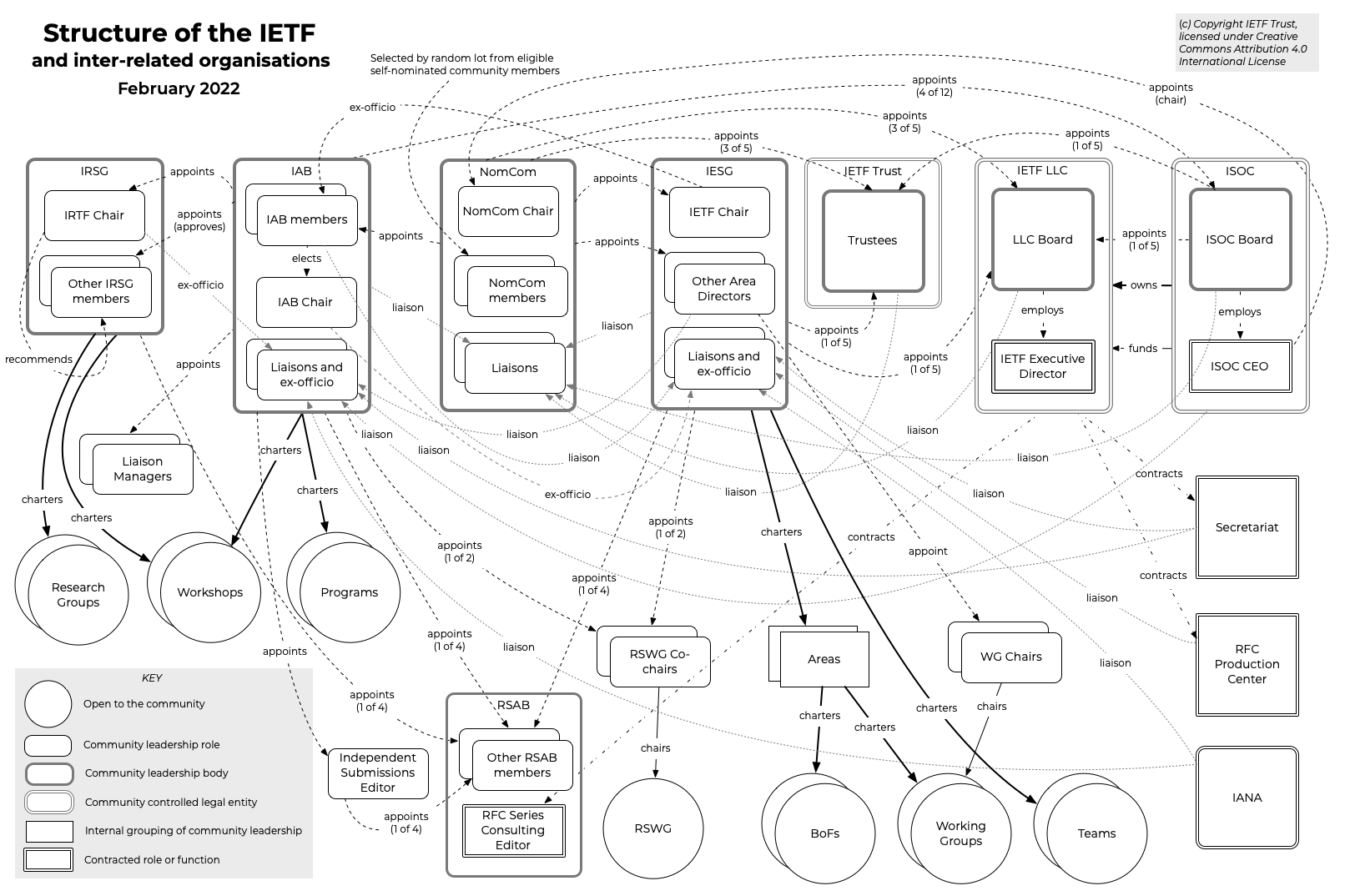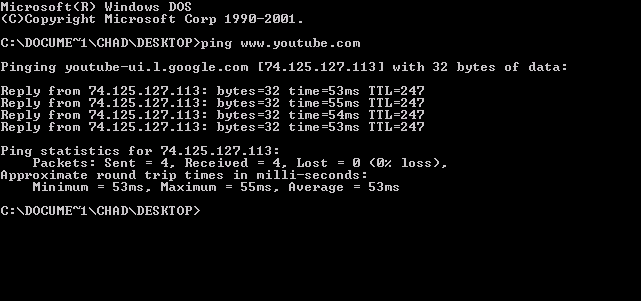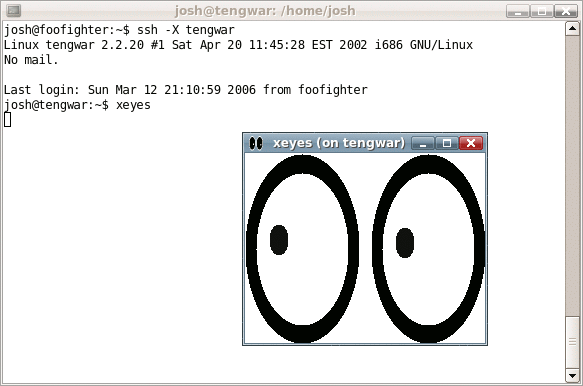|
Reverse DNS Lookup
In computer networks, a reverse DNS lookup or reverse DNS resolution (rDNS) is the querying technique of the Domain Name System (DNS) to determine the domain name associated with an IP address – the reverse of the usual "forward" DNS lookup of an IP address from a domain name. The process of reverse resolving of an IP address uses PTR records. rDNS involves searching domain name registry and registrar tables. The reverse DNS database of the Internet is rooted in the .arpa top-level domain. Although the informationaRFC 1912 (Section 2.1)recommends that "every Internet-reachable host should have a name" and that "for every IP address, there should be a matching PTR record," it is not an Internet Standard requirement, and not all IP addresses have a reverse entry. Historical usage The modern "reverse DNS lookup" should not be confused with the now-obsolete "inverse query" (IQUERY) mechanism specified in : The IQUERY message type was always "optional" and "never achieved wi ... [...More Info...] [...Related Items...] OR: [Wikipedia] [Google] [Baidu] |
Computer Network
A computer network is a collection of communicating computers and other devices, such as printers and smart phones. In order to communicate, the computers and devices must be connected by wired media like copper cables, optical fibers, or by wireless communication. The devices may be connected in a variety of network topologies. In order to communicate over the network, computers use agreed-on rules, called communication protocols, over whatever medium is used. The computer network can include personal computers, Server (computing), servers, networking hardware, or other specialized or general-purpose Host (network), hosts. They are identified by network addresses and may have hostnames. Hostnames serve as memorable labels for the nodes and are rarely changed after initial assignment. Network addresses serve for locating and identifying the nodes by communication protocols such as the Internet Protocol. Computer networks may be classified by many criteria, including the tr ... [...More Info...] [...Related Items...] OR: [Wikipedia] [Google] [Baidu] |
IETF
The Internet Engineering Task Force (IETF) is a standards organization for the Internet standard, Internet and is responsible for the technical standards that make up the Internet protocol suite (TCP/IP). It has no formal membership roster or requirements and all its participants are volunteers. Their work is usually funded by employers or other sponsors. The IETF was initially supported by the federal government of the United States but since 1993 has operated under the auspices of the Internet Society, a non-profit organization with local chapters around the world. Organization There is no membership in the IETF. Anyone can participate by signing up to a working group mailing list, or registering for an IETF meeting. The IETF operates in a bottom-up task creation mode, largely driven by working groups. Each working group normally has appointed two co-chairs (occasionally three); a charter that describes its focus; and what it is expected to produce, and when. It is open ... [...More Info...] [...Related Items...] OR: [Wikipedia] [Google] [Baidu] |
Anti-spam Techniques (e-mail)
Various anti-spam techniques are used to prevent email spam (unsolicited bulk email). No technique is a complete solution to the spam problem, and each has trade-offs between incorrectly rejecting legitimate email (false positives) as opposed to not rejecting all spam email (False positives and false negatives#False negative error, false negatives) – and the associated costs in time, effort, and cost of wrongfully obstructing good mail. Anti-spam techniques can be broken into four broad categories: those that require actions by individuals, those that can be automated by email administrators, those that can be automated by email senders and those employed by researchers and law enforcement officials. End-user techniques There are a number of techniques that individuals can use to restrict the availability of their email addresses, with the goal of reducing their chance of receiving spam. Discretion Sharing an email address only among a limited group of correspondents is one ... [...More Info...] [...Related Items...] OR: [Wikipedia] [Google] [Baidu] |
SMTP
The Simple Mail Transfer Protocol (SMTP) is an Internet standard communication protocol for electronic mail transmission. Mail servers and other message transfer agents use SMTP to send and receive mail messages. User-level email clients typically use SMTP only for sending messages to a mail server for relaying, and typically submit outgoing email to the mail server on port 465 or 587 per . For retrieving messages, IMAP (which replaced the older POP3) is standard, but proprietary servers also often implement proprietary protocols, e.g., Exchange ActiveSync. SMTP's origins began in 1980, building on concepts implemented on the ARPANET since 1971. It has been updated, modified and extended multiple times. The protocol version in common use today has extensible structure with various extensions for authentication, encryption, binary data transfer, and internationalized email addresses. SMTP servers commonly use the Transmission Control Protocol on port number 25 (between ser ... [...More Info...] [...Related Items...] OR: [Wikipedia] [Google] [Baidu] |
Ping (networking Utility)
ping is a computer network administration software utility used to test the reachability of a host (network), host on an Internet Protocol (IP) network. It is available in a wide range of operating systems including most embedded network administration software. Ping measures the round-trip time for messages sent from the originating host to a destination computer that are echoed back to the source. The name comes from active sonar terminology that sends a Pulse (signal processing), pulse of sound and listens for the echo to detect objects under water. Ping operates by means of Internet Control Message Protocol (ICMP) Network packet, packets. ''Pinging'' involves sending an ICMP echo request to the target host and waiting for an ICMP echo reply. The program reports errors, packet loss, and a statistical summary of the results, typically including the minimum, maximum, the mean (average), mean round-trip times, and standard deviation of the mean. Command-line options and Comp ... [...More Info...] [...Related Items...] OR: [Wikipedia] [Google] [Baidu] |
Traceroute
In computing, traceroute and tracert are diagnostic command-line interface commands for displaying possible routes (paths) and transit delays of packets across an Internet Protocol (IP) network. The command reports the round-trip times of the packets received from each successive host (remote node) along the route to a destination. The sum of the mean times in each hop is a measure of the total time spent to establish the connection. The command aborts if all (usually three) sent packets are lost more than twice. Ping, however, only computes the final round-trip times from the destination point. For Internet Protocol Version 6 (IPv6), the tool sometimes has the name traceroute6 and tracert6. Implementations A command is available in many modern operating systems, generally named traceroute in Unix-like systems such as FreeBSD, macOS, and Linux and named tracert in Windows and ReactOS. The functionality was available graphically in macOS, but has been deprecated sinc ... [...More Info...] [...Related Items...] OR: [Wikipedia] [Google] [Baidu] |
LOC Record
In the Domain Name System, a LOC record (experimental ) is a means for expressing geographic location information for a domain name. It contains WGS84 Latitude, Longitude and Altitude (ellipsoidal height) information together with host/subnet physical size and location accuracy. This information can be queried by other computers connected to the Internet. Record format The LOC record is expressed in a master file in the following format: LOC ( d1 1 [s1 d2 [m2 [s2 alt["m"">1">1_[s1<_a>__d2_[m2_[s2.html" ;"title="1.html" ;"title="1 [s1">1 [s1 d2 [m2 [s2">1.html" ;"title="1 [s1">1 [s1 d2 [m2 [s2 alt["m"[siz["m"] [hp["m"] [vp["m" ) (The parentheses are used for multi-line data as specified in RFC 1035, section 5.1.) where: d1: [0 .. 90] (degrees latitude) d2: .. 180 (degrees longitude) m1, m2: .. 59 (minutes latitud ... [...More Info...] [...Related Items...] OR: [Wikipedia] [Google] [Baidu] |
Zero-configuration Networking
Zero-configuration networking (zeroconf) is a set of technologies that automatically creates a usable computer network based on the Internet Protocol Suite (TCP/IP) when computers or network peripherals are interconnected. It does not require manual operator intervention or special configuration servers. Without zeroconf, a network administrator must set up network services, such as Dynamic Host Configuration Protocol (DHCP) and Domain Name System (DNS), or configure each computer's network settings manually. Zeroconf is built on three core technologies: automatic assignment of numeric network addresses for networked devices, automatic distribution and resolution of computer hostnames, and automatic location of network services, such as printing devices. Background Computer networks use numeric network addresses to identify communications endpoints in a network of participating devices. This is similar to the telephone network which assigns a string of digits to identify each ... [...More Info...] [...Related Items...] OR: [Wikipedia] [Google] [Baidu] |
Internet Key Exchange
In computing, Internet Key Exchange (IKE, versioned as IKEv1 and IKEv2) is the protocol used to set up a security association (SA) in the IPsec protocol suite. IKE builds upon the Oakley protocol and ISAKMP.The Internet Key Exchange (IKE), RFC 2409, §1 Abstract IKE uses X.509 certificates for authentication ‒ either pre-shared or distributed using DNS (preferably with DNSSEC) ‒ and a Diffie–Hellman key exchange to set up a shared session secret from which cryptographic keys are derived. In addition, a security policy for every peer which will connect must be manually maintained. History The Internet Engineering Task Force (IETF) originally defined IKE in November 1998 in a series of publications (Request for Comments) known as RFC 2407, RFC 2408 and RFC 2409: * defined the Internet IP Security Domain of Interpretation for ISAKMP. * defined the Internet Security Association and Key Management Protocol (ISAKMP). * defined the Internet Key Exchange (IKE). upda ... [...More Info...] [...Related Items...] OR: [Wikipedia] [Google] [Baidu] |
Secure Shell
The Secure Shell Protocol (SSH Protocol) is a cryptographic network protocol for operating network services securely over an unsecured network. Its most notable applications are remote login and command-line execution. SSH was designed for Unix-like operating systems as a replacement for Telnet and unsecured remote Unix shell protocols, such as the Berkeley Remote Shell (rsh) and the related rlogin and rexec protocols, which all use insecure, plaintext methods of authentication, like passwords. Since mechanisms like Telnet and Remote Shell are designed to access and operate remote computers, sending the authentication tokens (e.g. username and password) for this access to these computers across a public network in an unsecured way poses a great risk of 3rd parties obtaining the password and achieving the same level of access to the remote system as the telnet user. Secure Shell mitigates this risk through the use of encryption mechanisms that are intended to hide th ... [...More Info...] [...Related Items...] OR: [Wikipedia] [Google] [Baidu] |



